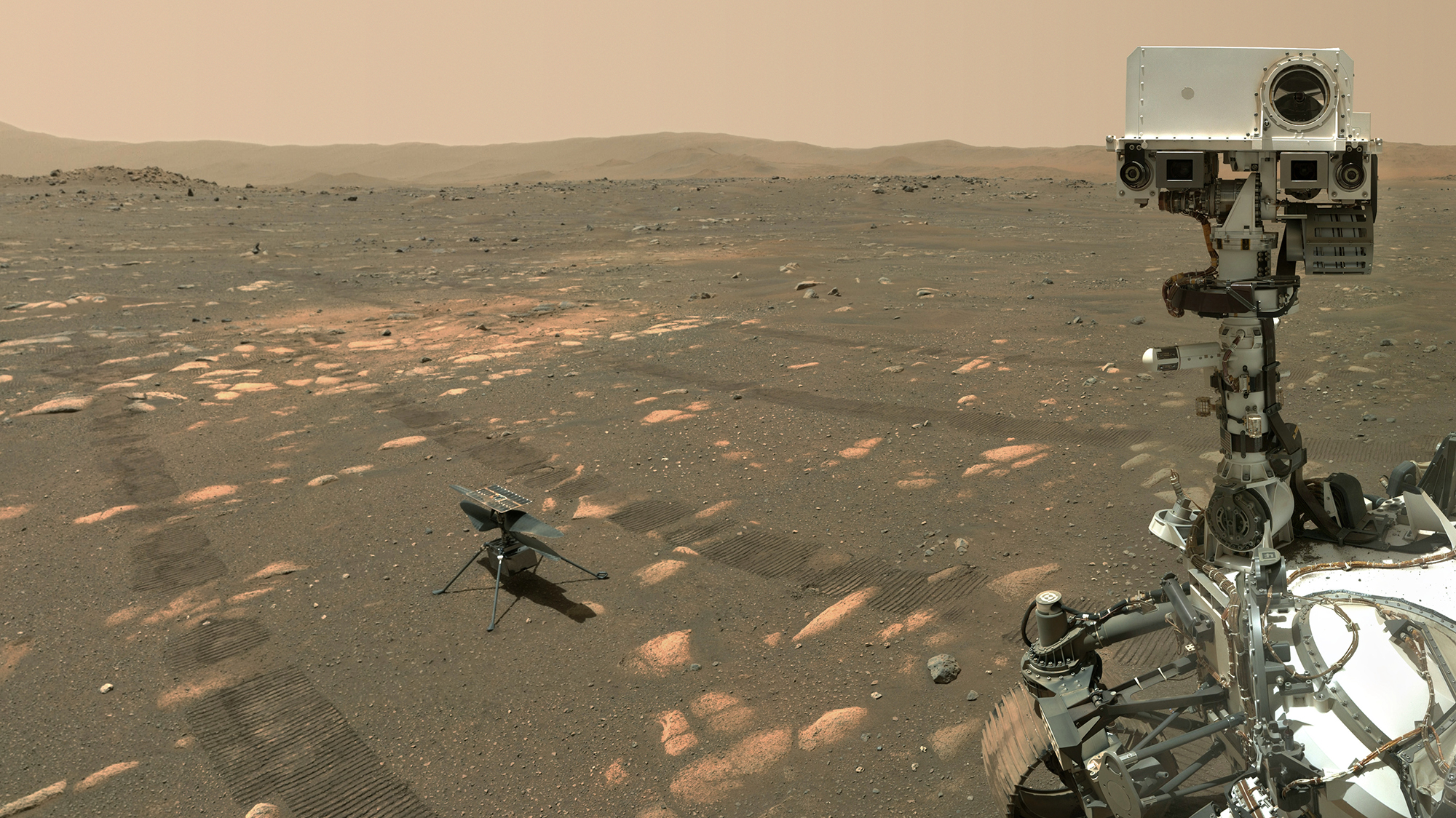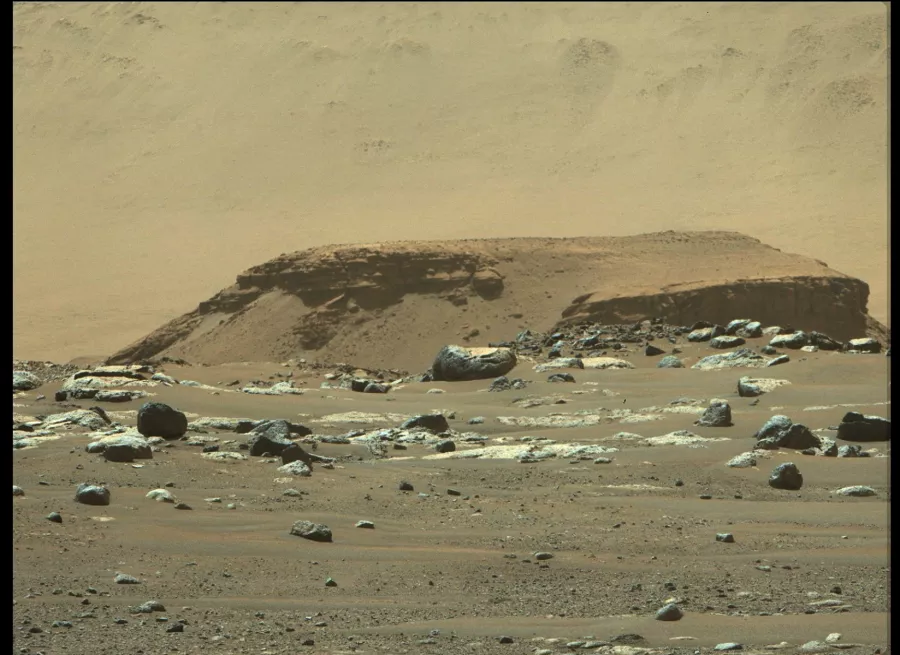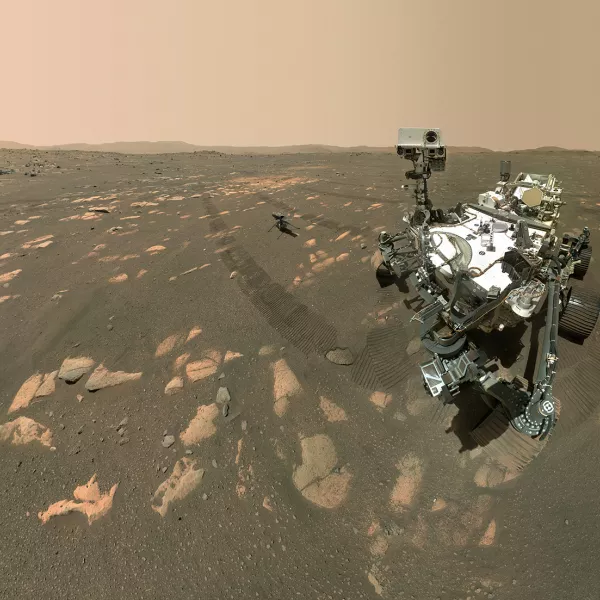NASA’s Perseverance rover has been on Mars since only February, but it’s already starting to return valuable information about the Red Planet.
Western’s Melissa Rice, associate professor of planetary science, is a member of the team that plots Perseverance’s course around Jezero Crater, where scientists are looking for signs that water used to flow on the dry, dusty planet. Signs of water are signs of life.
Scientists have long thought the rock stacks around the Jezero Crater landing site were evidence of a dry riverbed, but they couldn’t tell from satellite images alone. However Perseverance’s Mastcam-Z zoom lenses are powerful enough to see a paper clip from 100 yards away—and to return detailed images of the layers of sediment and boulders that illuminate Jezero’s geological history.
While Mars was on the opposite side of the sun and out of communication range with Earthbound scientists, Rice and her colleagues published their first findings from Perseverance. A highlight: Jezero Crater was once, indeed, a lake for perhaps millions of years, filled by a river depositing tilted layers of sediment. The river dried over time, but big floods carried boulders down the river and left them atop what we now see as cliffs.
Perseverance, or “Percy,” has also collected its first rock core sample and sealed it in a tube to be retrieved on a future mission from Earth.
Rice and her colleagues published their most recent findings in the journal Science.



